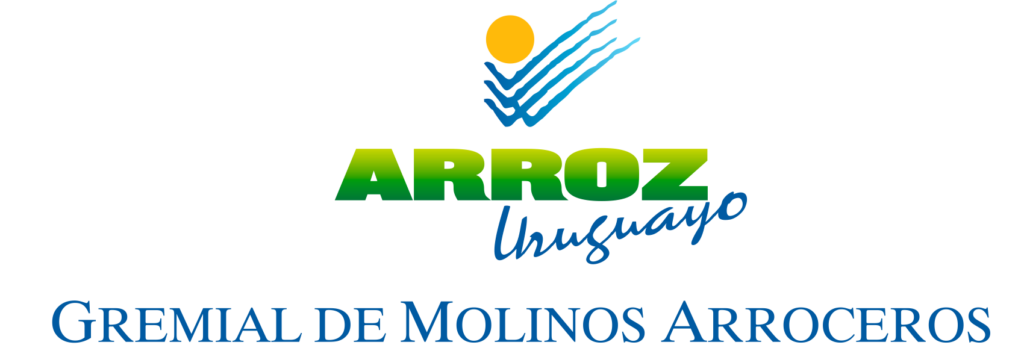Rice Sector
Rice Production in Uruguay
Rice Growing
- The rice-growing area in Uruguay covers approximately 1% of the total territory.
- Rice is a summer crop grown in lowlands, under flood irrigation system.
- Characterized by intensive production system regarding the use of land, water, machinery and inputs, such as diesel and energy.
- Total rice production is grown under irrigation systems, in rotation with pasture for cattle grazing and other rainfed crops (soybeans, sorghum, corn, etc.)
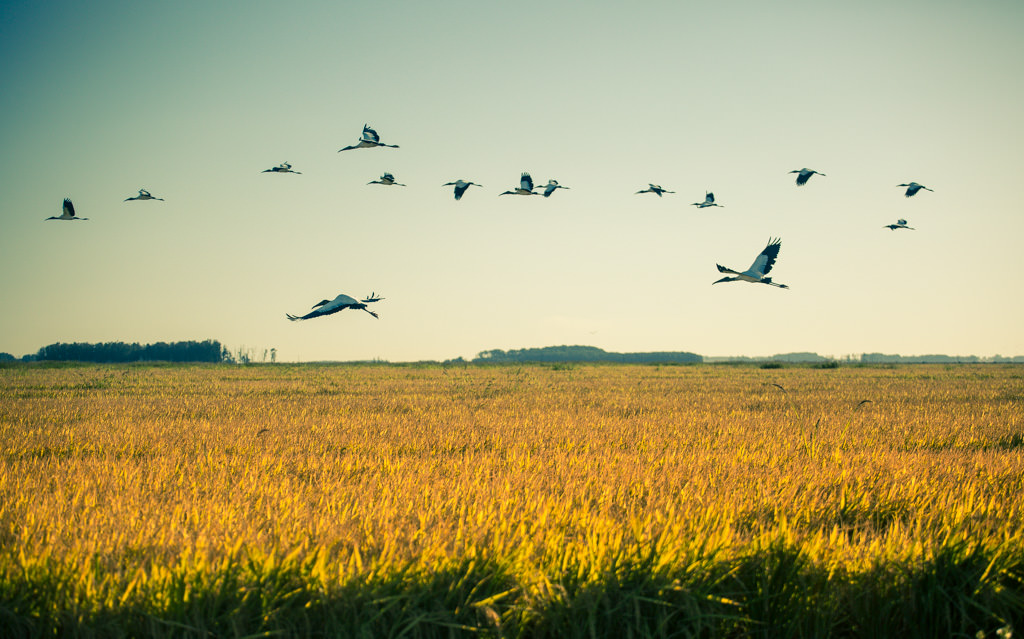

Rice Milling
The economic activity of the rice agribusiness chain is analyzed in annual periods, from March to February. Every year, rice harvested as of March is dried, stored and milled, to be exported or sold locally up to February of the following year.
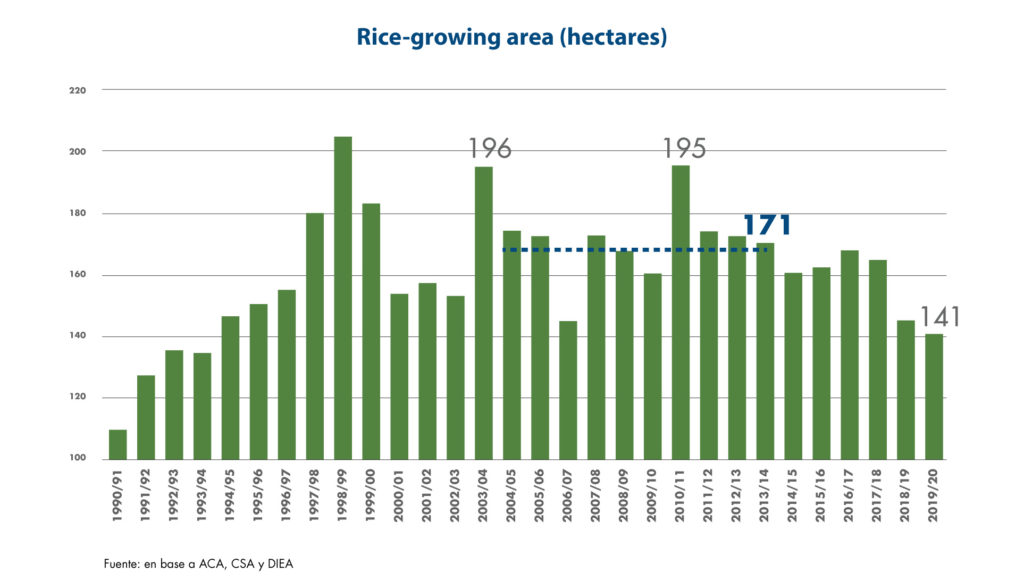
Industrial activity can be broadly divided into two types of activities:
- Receipt, Drying and Storage
- Milling Process
Rice HARVEST begins in March – April.
Grain is harvested and transported to the industrial plant, where it is DRIED immediately, in order to lower its moisture content to percentages that allow the grain to be preserved.
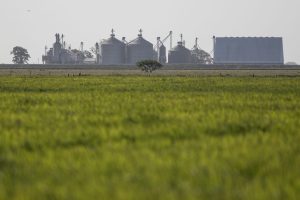
After drying process, rice is STORED in silos under a humidity and temperature control system that maintains optimum quality of rice grains throughout the year.
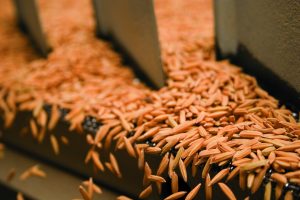
Rice is MILLED throughout the year. This process includes the steps of dehusking, polishing and classifying.
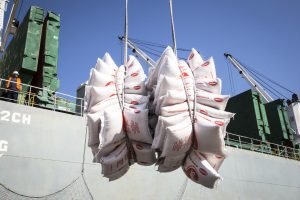
The final stage of the agribusiness chain is the COMMERCIALIZATION of products and by-products, both locally and abroad.
Rice industry produces rice and by-products for:
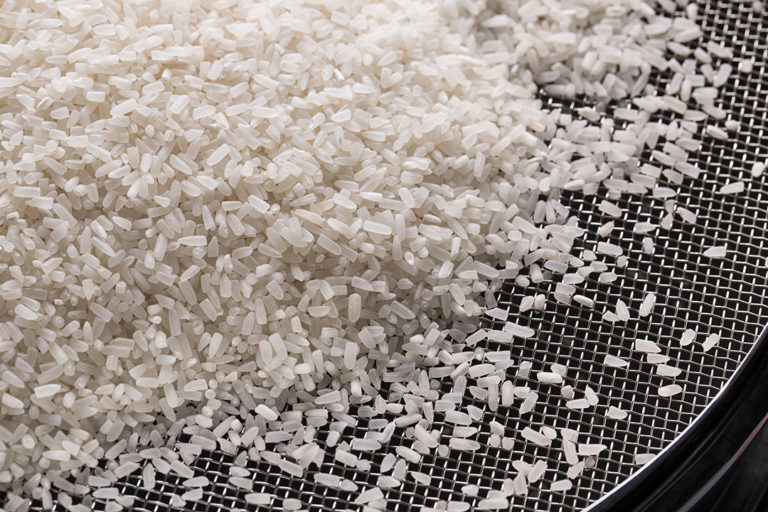
Human consumption
(milled rice, oil, flour, pasta and cookies).
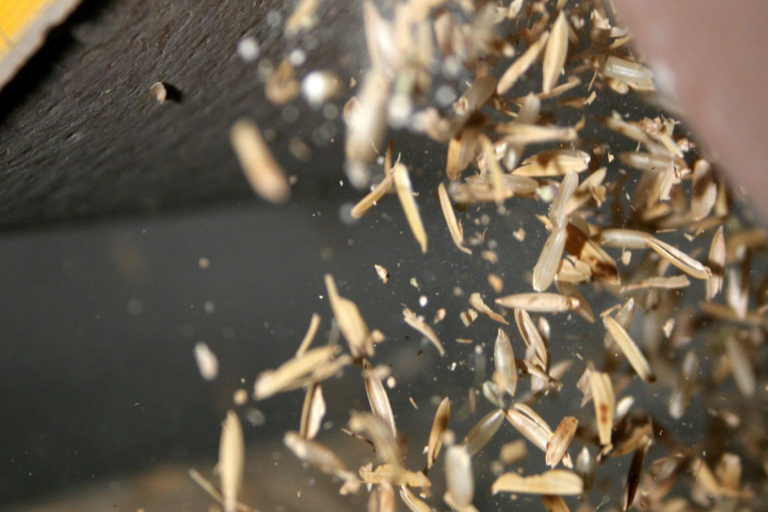
Mainly animal consumption
(half grain, bran, small broken kernel)
Other Uses of Rice
Raw material for cement production.
In 2010, Galofer, a company owned by four mill members of the Rice Millers’ Association, was founded to generate electric power from rice husk, with a nominal capacity of 14 MW.

